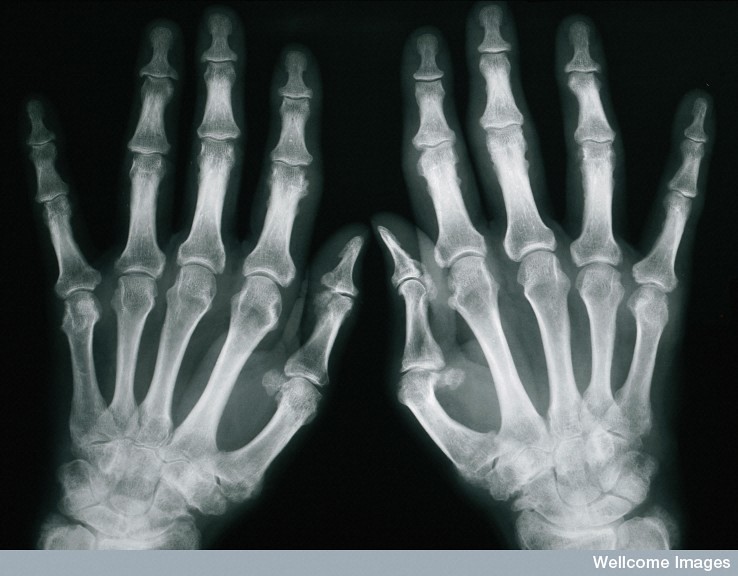Psoriatic arthritis is a chronic condition that affects many individuals, often causing a combination of joint pain and skin symptoms. Living with this condition can be complex, but medical professionals play a pivotal role in its management. Here is more information on this condition, its causes, symptoms, and how healthcare providers contribute to creating effective care plans:
What Is Psoriatic Arthritis?
Psoriatic arthritis is a form of inflammatory arthritis that primarily affects individuals with psoriasis. Psoriasis is a skin condition characterized by red, scaly patches, often on the scalp, elbows, and knees. While psoriasis and psoriatic arthritis frequently occur together, some individuals experience joint inflammation without visible skin symptoms.
This type of arthritis occurs when the immune system mistakenly attacks healthy tissues. This leads to inflammation in the joints. Psoriatic arthritis can range from mild discomfort to debilitating joint damage, emphasizing the need for proper diagnosis and management.
What Causes It?
Psoriatic arthritis develops due to a malfunction in the immune system. While the precise cause is unknown, several factors can contribute to the condition. This includes genetic predisposition, environmental triggers, and immune system dysfunction.
Genes play a key role, as many individuals with this condition may have a family history of psoriasis or arthritis. Environmental elements, such as infections or injuries, might also trigger the disorder in genetically predisposed individuals. An overactive immune system leads to inflammation in both the skin and joints, further contributing to the condition.
What Are the Symptoms?
Psoriatic arthritis presents with distinctive symptoms, which may vary significantly between individuals. Joint pain and stiffness are among the most common issues. These symptoms may worsen in the morning or after periods of inactivity.
Other common signs include swelling of entire fingers or toes, also referred to as “sausage fingers,” and nail changes, such as pitting or separation from the nail bed. Back pain, fatigue, and reduced joint range of motion can also occur. The inflammation may lead to joint damage over time if left untreated.
How Can Medical Professionals Help?
Medical professionals employ a multidisciplinary approach to diagnosing and managing this condition. They also provide tailored care for each patient. Here is more information on how healthcare providers address this condition:
Diagnosis and Assessment
Rheumatologists, specialists in musculoskeletal disorders, guide the diagnosis process. They often begin with a detailed patient history, a physical examination, and imaging studies, such as X-rays or MRI scans. A comprehensive diagnostic evaluation helps confirm the presence of this condition and determines its extent.
Treatment Planning
Once a diagnosis is made, healthcare providers create individualized treatment plans. These plans may include medications to reduce inflammation and prevent joint damage. Physical therapy is another component recommended by medical professionals. Lifestyle modifications, such as maintaining a healthy weight and stress management techniques, may also be integral to the treatment plan.
Monitoring and Ongoing Support
Psoriatic arthritis requires consistent monitoring to make sure treatment remains effective and symptoms are controlled. Healthcare providers regularly assess joint function and adjust medications when necessary. These adjustments help prevent disease progression and minimize potential side effects of treatment.
Seek Expert Help Today
Medical professionals possess the expertise to guide you through diagnosis, treatment, and long-term management. Their multidisciplinary approach makes sure that each aspect of your condition is addressed, enabling you to maintain an active lifestyle. If you suspect you have this condition, consult a healthcare provider to develop a personalized care plan. Seeking professional support is your first step toward reducing symptoms and improving overall health.

